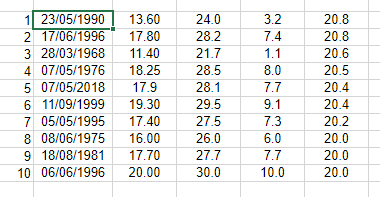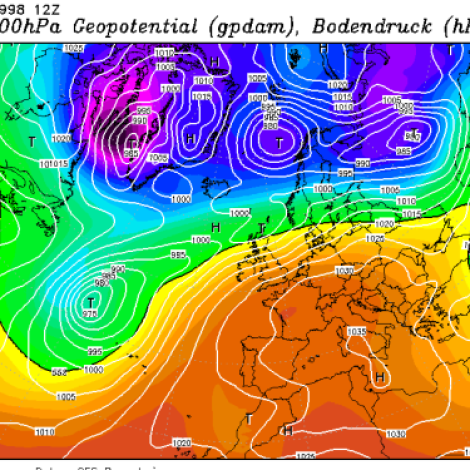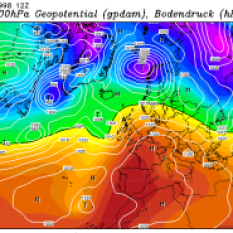With the return of more seasonal temperatures February 2019’s heatwave already seems like a distant memory.
Looking back at the stats for this area the past eight days have seen an average anomaly of 7.7C, beating the previous eight-day long warm spell of December 2015, which returned a mean anomaly of 7C. That spell was quickly followed six-day long warm spell that had a mean anomaly of 6.6C. There appears no chance of the heat returning any time soon.
Wanstead missed out on breaking the February high temperature record. While Kew Gardens recorded a high of 21.2C, the local area reached just 18.7C, falling short of the record of 19.7C set in 1998.
St James’s Park, our closest official climate station, set a new top 3 of TMax values. , as did Heathrow.


























You must be logged in to post a comment.